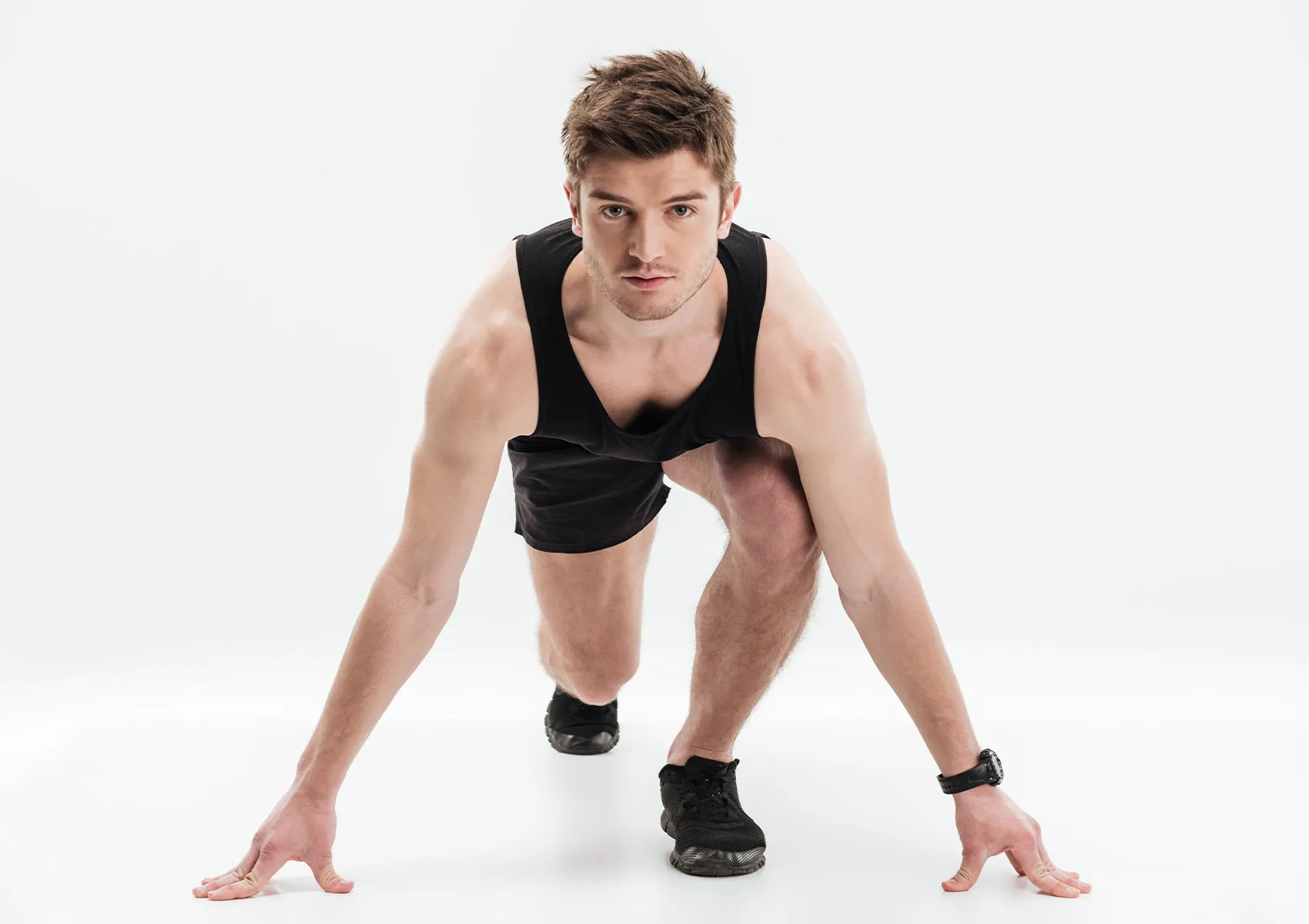What Are the Most Risky Movements for Athletes?
Can You Boost Performance Without Injury?
In sports, improving performance is important—but avoiding injury is just as crucial. Whether you’re a professional or amateur athlete, poor technique, uncontrolled movements, and overexertion can lead to serious musculoskeletal injuries. The knee, hip, shoulder, ankle, and wrist are especially vulnerable.
In this article, we’ll explore the most common high-risk movements in sports, the orthopedic consequences they may cause, and how to prevent them.
Why Are Certain Movements Riskier?
Some movements naturally place the body under more stress because they:
- Involve sudden stops and directional changes
- Load joints rapidly and forcefully
- Push muscles beyond their physiological limits
- Combine poor balance or coordination with repetitive strain
Without proper preparation and control, these movements increase the risk of acute or chronic injury—particularly in high-intensity sports.
High-Risk Sports Movements That Often Lead to Injury
1. Sudden Direction Changes (Pivoting)
- A leading cause of ACL (anterior cruciate ligament) tears
- May also lead to meniscal and cartilage injuries
- Common in football, basketball, handball, and similar sports
2. Jumping and Landing on One Leg
- Places high stress on the knee, hip, and ankle joints
- Imbalanced landings can cause ligament injuries or fractures
- Frequently seen in volleyball, basketball, and track & field
3. Poorly Executed Squats or Deadlifts
- Puts excessive pressure on the lumbar spine, hips, and knees
- Incorrect posture increases risk of herniated discs and muscle strains
4. Overextended Range-of-Motion Exercises
- Can cause shoulder dislocations, labral tears, and tendon injuries
- High-risk movements include bench presses, shoulder presses, and heavy overhead lifts
5. Exercising Without Warming Up
- Performing explosive movements with cold muscles increases risk of tears and spasms
- Common in amateur or impatient athletes
6. Repetitive Stress Movements (Overuse Injuries)
- Lead to conditions like tennis elbow, golfer’s elbow, and shoulder impingement syndrome
- Repeated microtrauma without rest results in chronic pain and inflammation
7. Unbalanced Weight Lifting
- Lifting weights unevenly can cause muscle imbalances, scoliosis progression, or pelvic rotation problems
- Often occurs during barbell exercises with improper load distribution
Potential Consequences of Risky Movements
- Ligament tears (especially ACL and MCL)
- Meniscal tears
- Tendinitis or tendinosis
- Cartilage damage
- Shoulder instability or dislocation
- Achilles tendon rupture
- Herniated discs
- Muscle tears or strains
How Can Athletes Make These Movements Safer?
- Always warm up and cool down before and after workouts
- Learn and practice proper technique with professional guidance
- Increase weights and intensity gradually
- Focus on muscle control, not just joint motion
- Get adequate rest between sessions
- Listen to your body—don’t ignore pain, fatigue, or stiffness
- Incorporate balance and proprioception training into your routine
FAQ
-
Does every pivoting movement cause ACL tears?
No, but the risk increases when muscles are fatigued or coordination is poor.
-
Are squats harmful to the knees?
Not when done correctly. Improper form, however, can strain the knees and back.
-
Which exercises commonly cause shoulder injuries?
Bench press, shoulder press, and lat pull-downs—especially when performed with poor technique or excessive weight.
-
Is warming up before exercise really necessary?
Absolutely. Cold muscles are more prone to tearing and tendons are less elastic, increasing the risk of injury.
-
What is balanced training?
Balanced training targets all muscle groups symmetrically and focuses on control and stability, reducing the risk of overuse or imbalance-related injuries.

